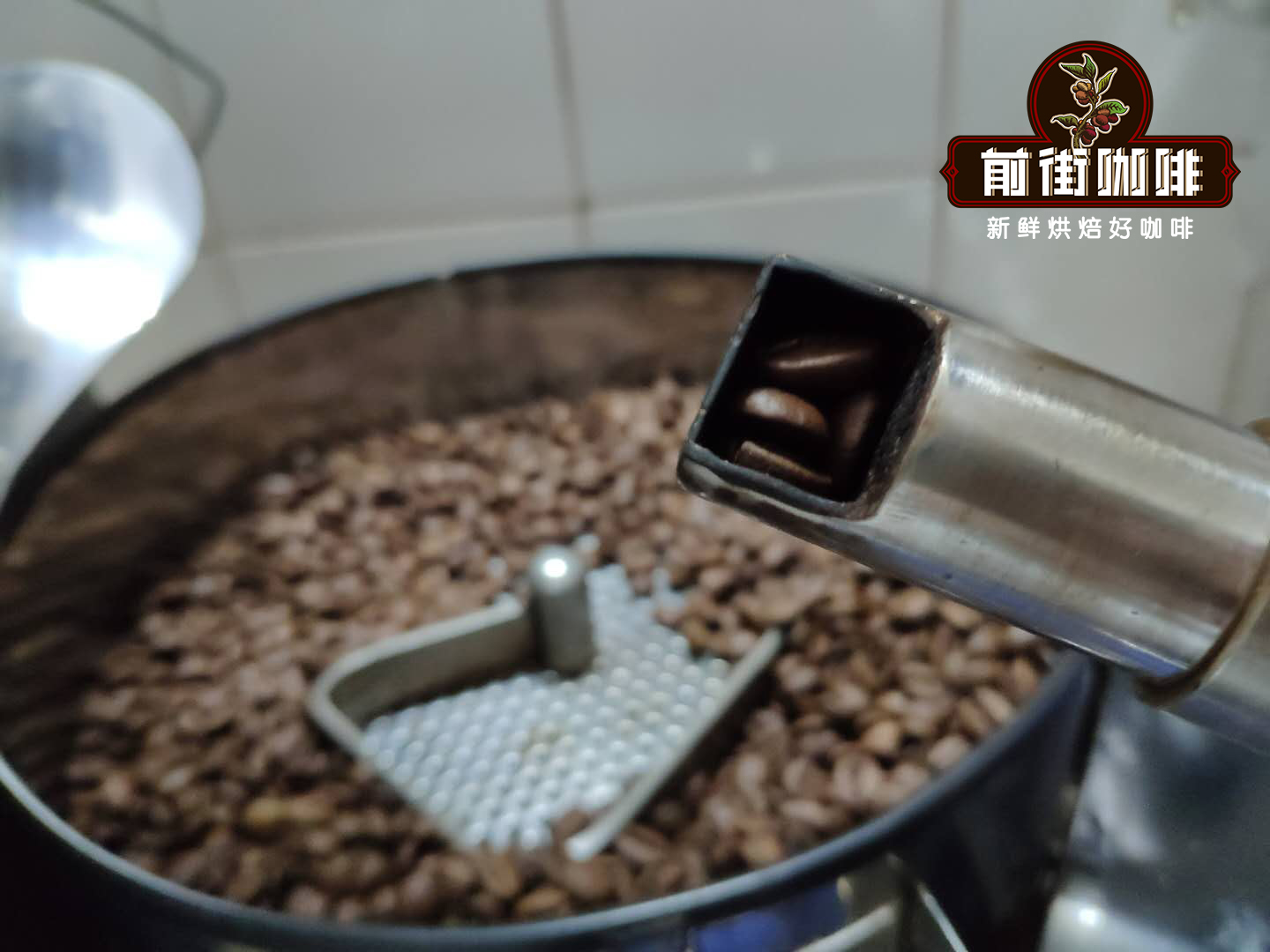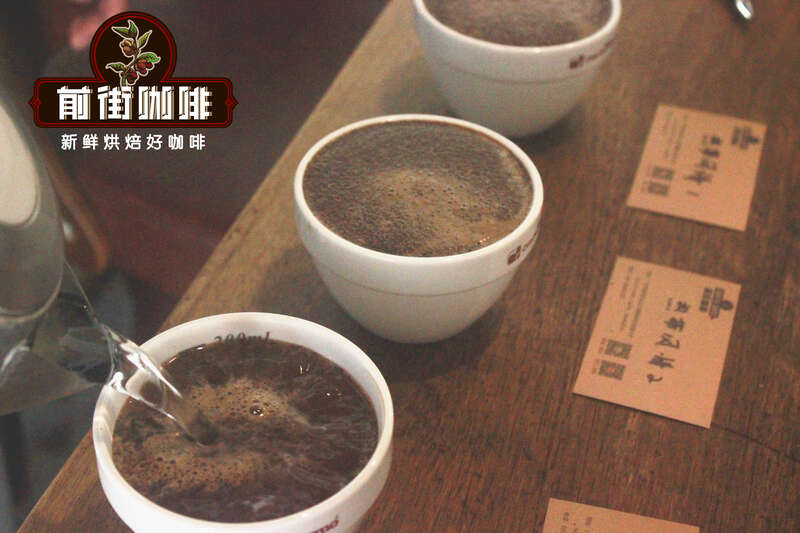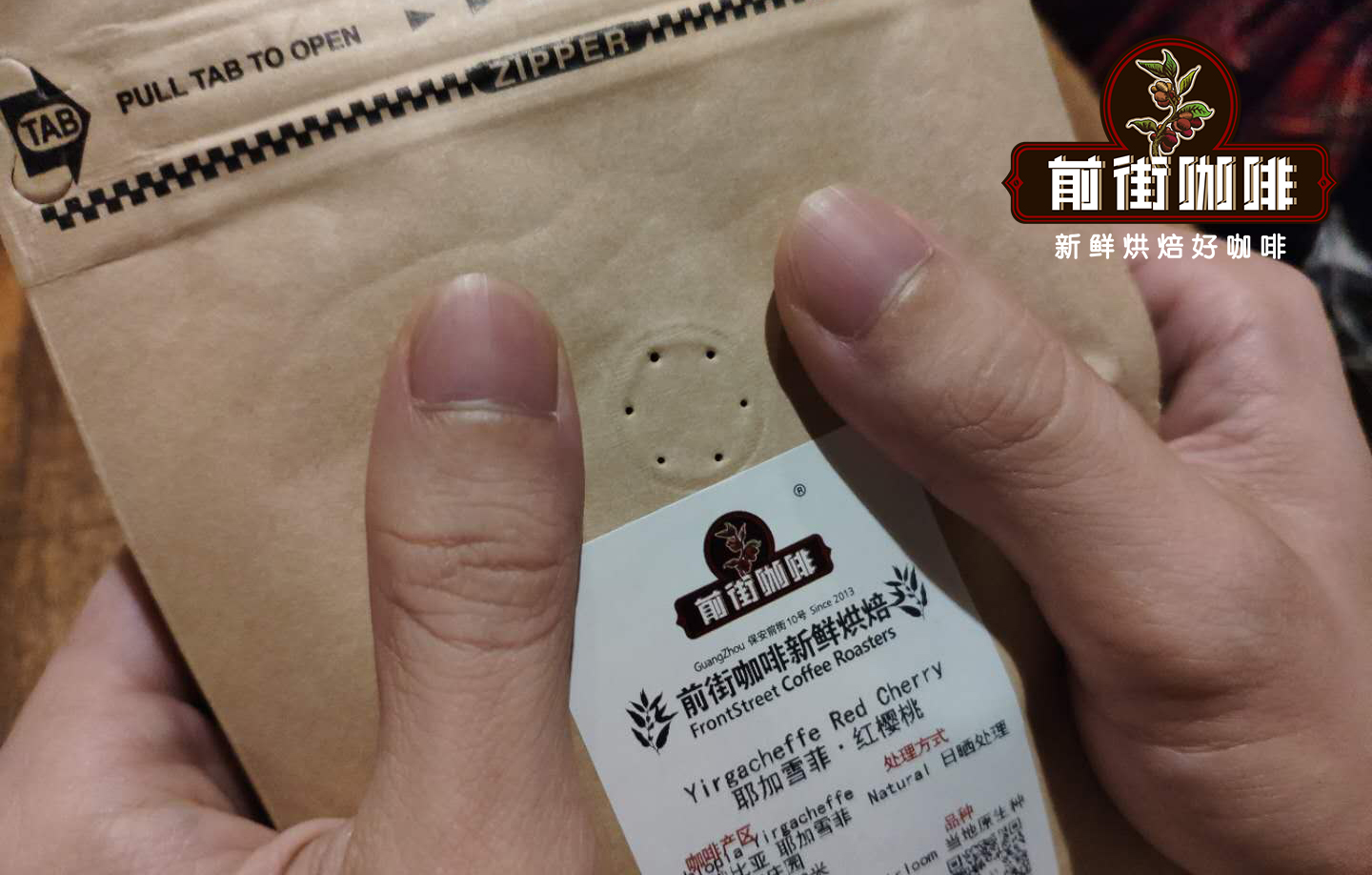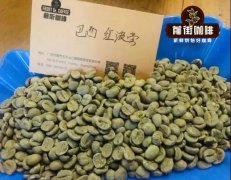How long can coffee beans be drunk after roasting? How long is the bean-growing period of coffee?
Coffee can't be brewed immediately after baking. Where does this concept come from is very worthy of our exploration.
What is the truth?
Freshly roasted coffee beans contain slowly volatile carbon dioxide, and when coffee beans are ground into fine powder, the gas volatilizes faster and faster. The pressure released by gas volatilization prevents water from seeping into the coffee powder. The finer the coffee powder, the smaller the water penetration distance, then it will quickly pass through the coffee and extract the flavor and aroma; for the thicker ground coffee powder, the water can only permeate the surface, and most of the flavor and aroma are left inside the coffee powder. Water also dissolves the aroma and brings it into the brewed coffee. If the coffee powder is fully vented, the extractable flavor and aroma will become less, the aroma in the coffee cup will be reduced, and the aroma will only stay around the coffee powder.

The wet fragrance from the coffee cup is very important because people inhale it when drinking coffee and come into contact with the sensory organs at the back of the nose to judge the flavor of the coffee. However, the aroma cannot be found in two places at the same time-either in the coffee cup or in the air around the bean grinder.
When hot water rushes on the surface of freshly ground coffee powder, the coffee powder held up on the surface forms an expansion effect that prevents normal extraction. Only by stirring can the coffee powder be fully extracted in contact with water, and the tiniest coffee powder will soak through and eventually sink to the bottom.
A few decades ago, when dripping coffee machines were still popular, coffee was ground thicker; nowadays, hand-brewed coffee and espresso have become the norm, with coffee powder getting finer and less resistant to saturation. Only when the water is in full contact with the coffee powder can the sufficient flavor extraction be obtained.
Nowadays, few people use drip coffee machines or other coffee utensils, and few people grind coffee powder coarsely, most of which are used to make espresso or hand-brewed coffee, so the grinding degree is very fine. This means that the coffee powder does not need to be vented before brewing.
Test proof
A simple test can prove this:
Grind the coffee to the degree of Italian concentration, pour hot water, and the surface of the coffee powder expands rapidly; then stir the soaked coffee powder to pour out the liquid; pour hot water into the moist coffee powder again, this time it will no longer expand or produce any bubbles, which means that the carbon dioxide in the coffee powder has disappeared or is no longer active.

Where does the basis for raising beans come from?
With regard to the misleading information that coffee needs beans after roasting, it is necessary to look for other reasons. The proverb "follow money" explains a lot of problems:
Who has benefited from this misleading information? Follow the money.
Roasting companies can choose how to package their coffee. If you want to provide customers with freshly roasted coffee, they can use vacuum, gas injection or freezing to prevent the oxidation of coffee beans. The roaster's business model includes delivering roasted coffee beans to retailers, who put them in hoppers or bags, display them on supermarket shelves, and then be opened and ground by customers on the spot. From the point of view of roasters, they certainly don't care how long coffee beans are exposed and oxidized in the air, and they will not hesitate to publicize that bean exhaust is a very important process.
Baking companies that do not use one-way check valves to pack coffee beans are well aware that sealing freshly roasted coffee in a bag is bound to cause the bag to swell or explode. Therefore, they will set up bean barns in the factory for coffee roasting to exhaust. So they and those bean warehouse manufacturers are also very happy to spread this wrong message.

After World War II, packaging technology was still in its infancy, and there was almost no way to send freshly roasted coffee directly to retailers and coffee bars. At that time, the explanation given by the roaster was that the flavor of the coffee began to show up only when the coffee was oiled. This is nonsense. The oil on the surface of coffee beans is just a sign of stale or overbaked coffee beans.
Today, there are a large number of household coffee roasters on the market, although most of them take a long time and poor cooling equipment, but the roasting performance is good. I believe that most of the owners of these machines will drink the coffee in time after baking, and will not wait for the coffee to age.
I often bake and brew coffee for coffee workers, and they are surprised that the coffee can taste so good a few minutes after baking, which supports the above point.
Important Notice :
前街咖啡 FrontStreet Coffee has moved to new addredd:
FrontStreet Coffee Address: 315,Donghua East Road,GuangZhou
Tel:020 38364473
- Prev
Colombian Paradise Manor Tropical Coffee beans which Coffee beans have tropical fruit flavor
Professional coffee knowledge exchange more coffee bean information please follow the coffee workshop (Wechat official account cafe_style) front street coffee Columbia Paradise Manor Tropical style Coffee Bean production area: Columbia Cauca Manor: paradise Manor treatment: double anaerobic washing varieties: Colombia, Castiu, Kaddura altitude: 2050m Cauca Cauca is Columbia
- Next

Detailed process of coffee bean drying process the difference between sun-dried coffee and mechanically dried coffee
No matter how the coffee is processed, it needs to be dried. For washed coffee, the cherries are stripped and their mucus removed and dried. For coffee processed with honey, the drying process occurs when there is still some or all of the mucus on the parchment; because of its natural ingredients, the coffee will still be dried with its fruit and mucus. There are two main ways to dry coffee. First
Related
- Beginners will see the "Coffee pull flower" guide!
- What is the difference between ice blog purified milk and ordinary milk coffee?
- Why is the Philippines the largest producer of crops in Liberia?
- For coffee extraction, should the fine powder be retained?
- How does extracted espresso fill pressed powder? How much strength does it take to press the powder?
- How to make jasmine cold extract coffee? Is the jasmine + latte good?
- Will this little toy really make the coffee taste better? How does Lily Drip affect coffee extraction?
- Will the action of slapping the filter cup also affect coffee extraction?
- What's the difference between powder-to-water ratio and powder-to-liquid ratio?
- What is the Ethiopian local species? What does it have to do with Heirloom native species?

